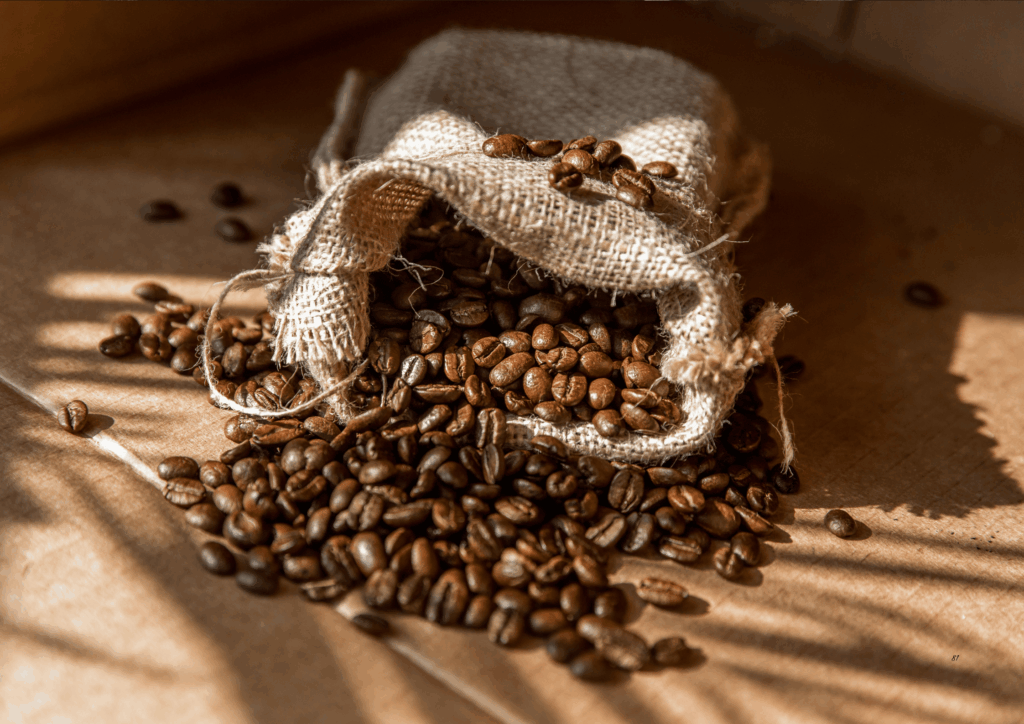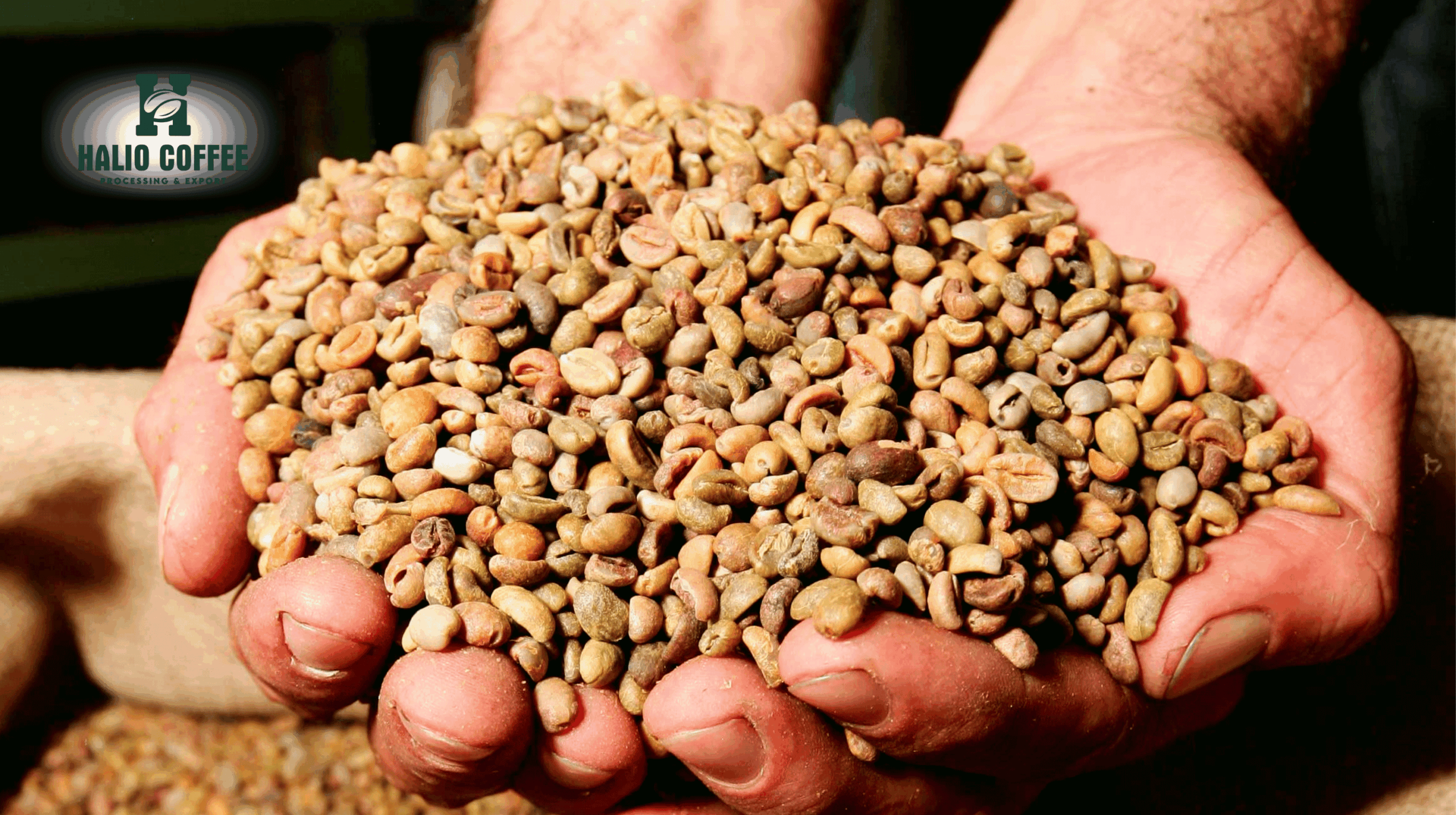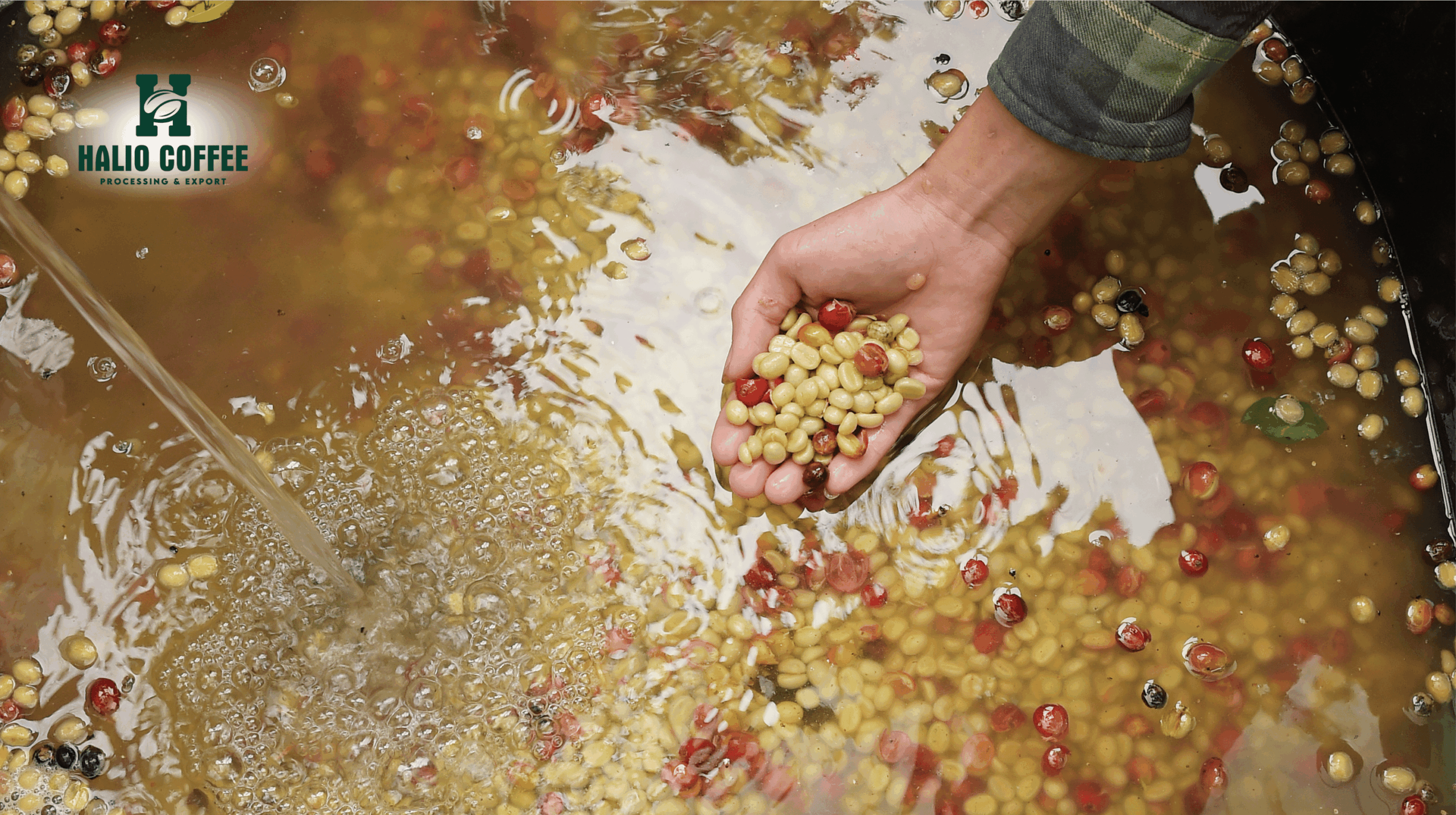Specialty Arabica Coffee Vietnam: Elevating Quality in Global Coffee Trade
Vietnam has long been recognized as the world’s second-largest coffee exporter, primarily due to its dominance in robusta production. However, in recent years, Specialty Arabica coffee Vietnam has emerged as a significant force, reshaping perceptions of the country’s coffee potential. With a focus on quality, sustainable farming, and innovation in processing methods, Vietnam is now positioning itself as a key supplier of high-grade arabica coffee for global roasters and distributors.
While the phrase Vietnam green coffee beans has historically been associated with bulk robusta shipments, the country’s transformation in cultivating and exporting specialty arabica is opening doors to premium markets. Buyers worldwide, including coffee roasters, distributors, and specialty coffee shops, are increasingly looking to Vietnam not only for volume but also for quality, consistency, and traceability.
Characteristics of Specialty Arabica Coffee Vietnam
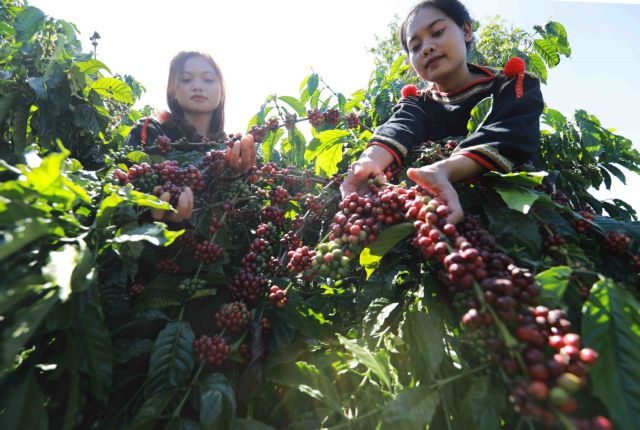
The distinctiveness of Specialty Arabica coffee Vietnam lies in its terroir, cultivation practices, and processing innovation. Arabica trees thrive in Vietnam’s highland regions, particularly in provinces like Lam Dong (home to Da Lat), Son La, and Kon Tum. The combination of high elevation, fertile volcanic soil, and favorable microclimates gives Vietnamese arabica unique qualities that distinguish it from other origins.
- Flavor Profiles: Depending on the region, specialty arabica from Vietnam often features notes of red berries, citrus, floral undertones, and a clean acidity. Some areas even produce coffees with chocolatey or nutty bases balanced by delicate sweetness.
- Processing Methods: Traditionally, Vietnam was known for washed coffee production, but in recent years, farmers and processors have experimented with natural, honey, and anaerobic fermentation techniques. These methods enhance complexity and broaden the appeal of Vietnamese arabica among specialty buyers.
- Consistency: One of the biggest advantages for international buyers is Vietnam’s growing focus on consistent grading, quality control, and cupping evaluation that aligns with Specialty Coffee Association (SCA) standards.
Growing Regions for Vietnamese Arabica Coffee

Several regions in Vietnam are emerging as hotspots for producing Specialty Arabica coffee Vietnam, each offering distinct cup profiles.
Lam Dong (Da Lat and Cau Dat)
Lam Dong province is often considered the heart of Vietnamese arabica. The Cau Dat area near Da Lat, with elevations between 1,500–1,650 meters, produces arabica coffees with clean acidity, tea-like body, and floral complexity. Many specialty roasters around the world now seek beans from this region due to its reputation for premium quality.
Son La (Northwest Vietnam)
Son La province has rapidly gained recognition for arabica production, with altitudes ranging from 900 to 1,200 meters. Coffees from this region often exhibit balanced sweetness, mild acidity, and fruity notes, making them versatile for both blends and single-origin offerings.
Quang Tri and Kon Tum
These central highland provinces are expanding their arabica production with a focus on specialty-grade coffees. The diverse microclimates in these areas allow for experimental processing, catering to niche markets seeking unique cup experiences.
Vietnam’s Shift from Robusta to Arabica Specialty Markets
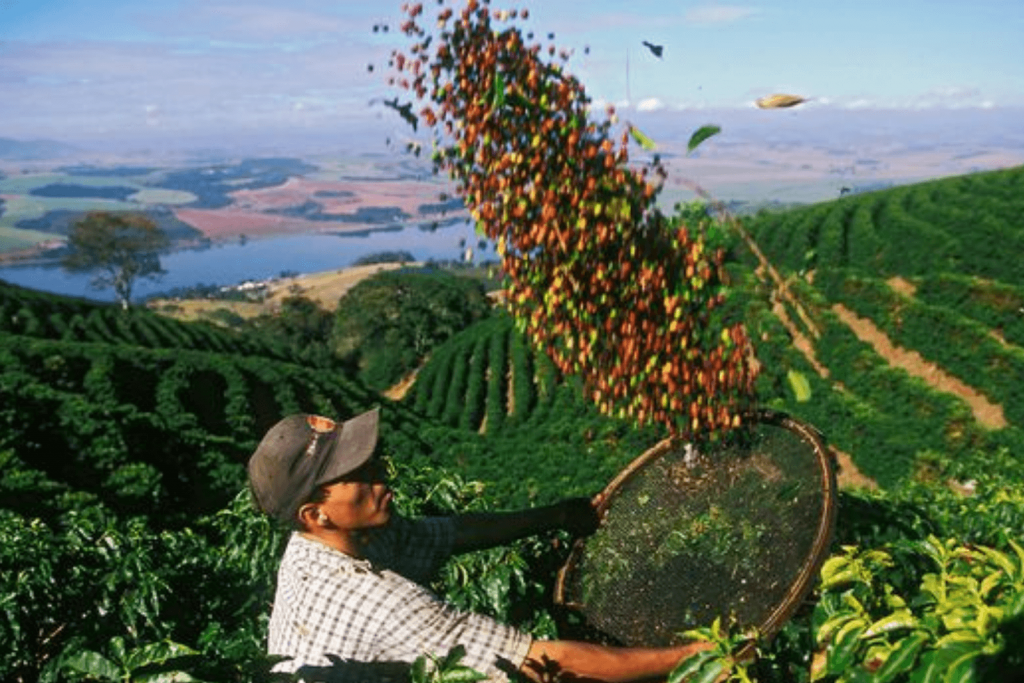
Vietnam’s coffee industry has traditionally been synonymous with robusta. Indeed, the country accounts for more than 40% of the world’s robusta supply. However, the global specialty coffee movement has created demand for arabica beans with traceable origins and distinct profiles.
The government, cooperatives, and private enterprises are now investing in:
- Research & Development: Introducing arabica cultivars resistant to pests and climate fluctuations.
- Training Programs: Educating farmers on specialty cultivation, selective harvesting, and post-harvest processing.
- Certification and Traceability: Encouraging farms to adopt organic, Fairtrade, and Rainforest Alliance certifications to access premium international markets.
This transition does not replace Vietnam’s robusta dominance but complements it, allowing the country to diversify its coffee portfolio and reduce dependency on commodity pricing volatility.
See more: Vietnam green Arabica coffee export
Global Demand for Specialty Arabica Coffee from Vietnam
International markets have shown a strong appetite for Specialty Arabica coffee Vietnam. With global consumers becoming more discerning, specialty roasters and distributors are seeking origins that offer both quality and supply reliability.
- United States: Specialty coffee consumption in the U.S. continues to rise, with demand for traceable and unique arabica profiles. Vietnamese arabica is increasingly featured in blends and single-origin offerings.
- Europe: Coffee cultures in Germany, Italy, and Scandinavia are turning to Vietnam as an alternative source of high-quality arabica, particularly with competitive pricing compared to other producing countries.
- Asia-Pacific: Regional markets such as Japan, South Korea, and Australia are drawn to Vietnamese arabica due to geographical proximity, freshness in delivery, and strong cultural ties with Vietnam’s coffee heritage.
Challenges in Developing Specialty Arabica Coffee Vietnam
Despite its potential, the journey to becoming a recognized supplier of specialty arabica is not without obstacles.
- Climate Risks: Arabica is more sensitive to climate change than robusta. Rising temperatures, erratic rainfall, and pest outbreaks threaten yields and quality.
- Limited Experience: Many farmers still rely on traditional robusta farming methods and require training to adapt to the stricter demands of specialty arabica production.
- Market Perception: Some buyers still associate Vietnam only with bulk robusta, meaning exporters must work harder to showcase the quality and uniqueness of their arabica offerings.
- Infrastructure: Investment in post-harvest facilities such as wet mills, drying stations, and cupping labs is critical to ensure specialty standards are met consistently.
Opportunities for Roasters, Importers, and Distributors
For international roasters, importers, and distributors, sourcing Specialty Arabica coffee Vietnam represents both a strategic and profitable opportunity.
- Diverse Flavor Profiles: Vietnamese arabica allows roasters to expand their single-origin lineup or create blends with unique characteristics.
- Scalable Supply: Unlike some micro-origins that cannot support large-scale demand, Vietnam can provide both quality and volume.
- Sustainability Practices: Increasing adoption of shade-grown, organic, and sustainable farming practices aligns with consumer demand for ethically sourced coffee.
- Competitive Pricing: Compared to arabica from Central and South America, Vietnamese arabica often comes at a more competitive price, offering value without sacrificing quality.
The Future of Specialty Arabica Coffee Vietnam
The trajectory of Specialty Arabica coffee Vietnam is upward, with significant investments in quality improvement, farmer education, and market access. Global roasters and distributors should consider Vietnam not only as a robusta powerhouse but as a rising star in the specialty arabica segment.
As the industry evolves, Vietnam is expected to become a reliable partner in supplying specialty-grade coffee for international markets. The country’s efforts to expand arabica cultivation, adopt modern processing techniques, and strengthen traceability systems will make it increasingly competitive against traditional arabica origins.
This also sets the stage for the next step in the discussion: the role of Direct trade Vietnamese Arabica coffee, a trend that bridges the gap between farmers and roasters, ensuring transparency, sustainability, and long-term partnerships.
- Coffee Price Today, July 31: Robusta Hits Two-Week High, Arabica Continues to Slide
- Sustainable Vietnamese Arabica: A Rising Force in the Global Coffee Industry
- From Search Query to Strategic Partner: A Consultant’s Guide to Finding the Best Coffee Beans Distributor Near Me
- Coffee Prices Today, September 6: Robusta Extends Sharp Decline – What’s Driving the Drop?
- Vietnam Green Coffee Beans Export: Market Insights and Supply Chain for Global Roasters
